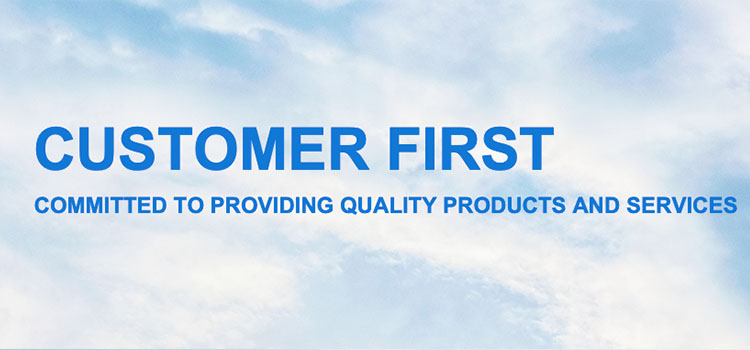First Aid measures
Skin contact: immediately remove contaminated clothing and rinse thoroughly with running water or sodium thiosulfate solution for at least 20 minutes. See a doctor.
Eye Contact: lift eyelids and rinse with running water or saline. See a doctor. INHALATION: remove quickly from the scene to fresh air.
Keep the airway clear. If breathing is difficult, give oxygen. When respiratory and cardiac arrest occurs, artificial respiration (not mouth-to-mouth) and chest compressions are performed immediately. For Amyl Nitrite inhalation, see a doctor.
Food intake: drink plenty of warm water, induce vomiting. Gastric lavage with 1:5,000 potassium permanganate or 5% sodium thiosulfate. See a doctor.
Fire protection measures
Harmful combustion products: carbon monoxide, carbon dioxide, nitrogen oxide, hydrogen cyanide.
Fire extinguishing methods: anti-soluble Foam, dry powder, carbon dioxide, sand fire. The use of acid-base fire extinguishing agent is prohibited.
Protective measures
Engineering Control: Tight seal, provide adequate local ventilation and overall ventilation. As mechanized and automated as possible. Provide safe showers and eyewash facilities.
Respiratory protection: Wear a self-priming filter respirator (full face mask) when you may come into contact with its vapors. It is recommended to wear an air breathing apparatus during emergency rescue or evacuation.
Eye Protection: Wear Chemical Safety Glasses. Body protection: wear polyethylene protective clothing. Hand protection: wear rubber oil resistant gloves. Other protection: Smoking, eating and drinking water are prohibited in the workplace. The job is done. Clean it up. The workshop should be equipped with first-aid equipment and medicine. Store toxic clothing separately for later use. Workers should learn to save themselves and save each other.
Leak handling
Emergency Response: quickly evacuate personnel from the contaminated area to the safe area, and isolation, strict restrictions on access. Cut The fire. Emergency personnel are advised to wear self-contained positive pressure breathing apparatus and wear protective clothing. Do not come into direct contact with the spill. Cut off the source of the leak if you can. To prevent the inflow of sewage, drainage ditch, and other restricted space. Small leakage: adsorption or absorption with sand or other non-combustible material. Massive leakage: construction of embankments or pit shelters. To be pumped to a tanker or a dedicated collector for recovery or transportation to a waste disposal site.


